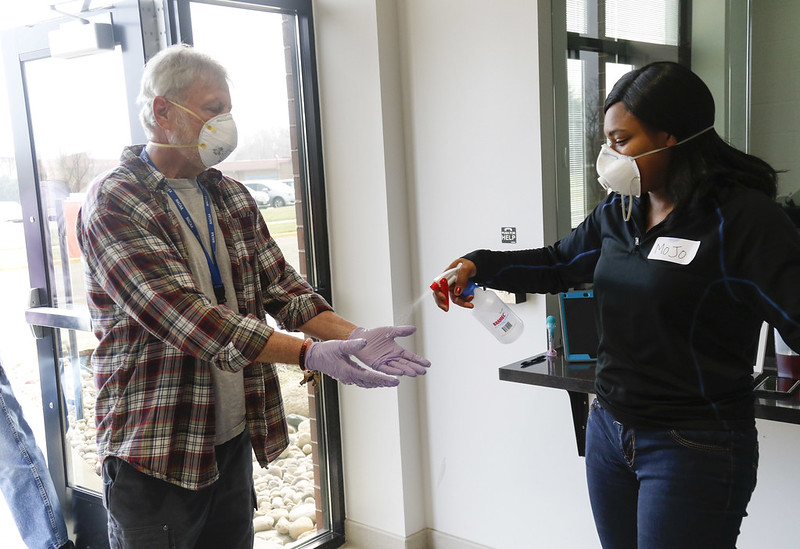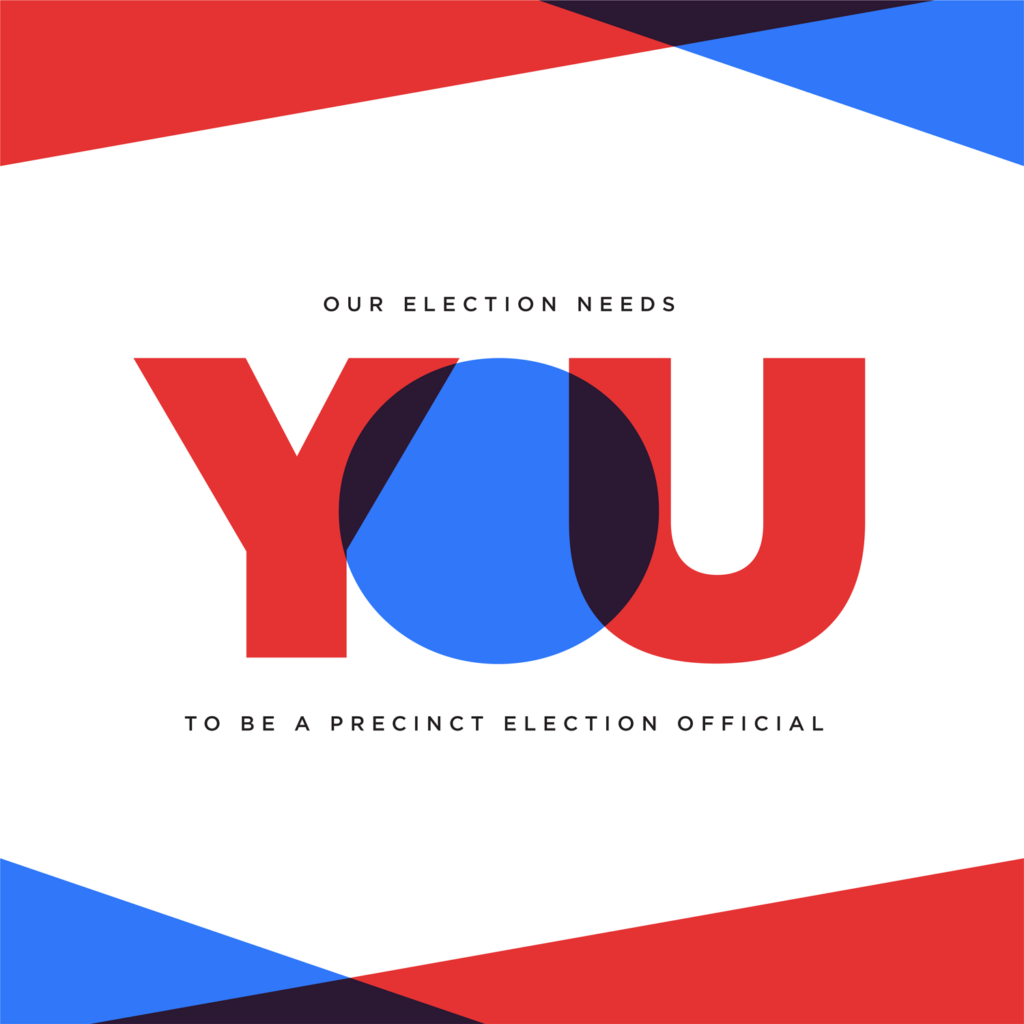
Chronic shortages of poll workers have increasingly led to voting location closures over the years. When polling places close, it means voters must go longer distances to access their polling location. For those voters who depend on public transportation or walking, the closing of local polling places might make it impossible for them to vote.
Now, with COVID-19 cases on the rise, the shortage of poll workers is projected to become even more severe.
Why We’re Losing Poll Workers
In the past, the majority of poll workers in the U.S. have been at least 60: According to Pew, 31 percent of poll workers are 61-70 years old and 21 percent are 70+.
Yet, the coronavirus has been incredibly dangerous to older adults: The Center for Disease Control and Prevention (CDC) reports eight out of ten COVID-19 related deaths are people over the age of 65, recommending they take the same precautions as people with pre-existing conditions and chronic health problems.
This means older Americans will be unable to serve as poll workers this election cycle, and perhaps longer.
That’s why it’s even more important this year that willing individuals apply to be become poll workers—in order to step in for those most vulnerable to COVID-19.
What Is A Poll Worker?
A poll worker is a registered voter who has completed a training and is (typically) paid to provide supervision of the voting process on Election Days. Poll workers set up and close polling places, check-in voters, protect ballots and voting equipment while helping voters understand their rights.
This year because of COVID-19, the responsibilities of poll workers will include disinfecting voting booths and enforcing social distancing as people wait in line to vote.

Polling locations are often situated in facilities without adequate space to allow for social distancing or proper ventilation—meaning many could no longer be used this year during the primaries. The combination of a lack of poll workers and a lack of suitable polling locations to accommodate social distancing has caused a huge number of polling place closures.
As a result, the Pennsylvania state legislature passed an emergency law in March allowing counties to cut their number of polling places by up to 60 percent without court or state approval. Philadelphia voters had 77 percent fewer polling locations than normal when they went to vote in the primary election on June 2.
In Kentucky, prior to the June 23 primary, Jefferson County—which has 616,523 registered voters—was left with just one polling place. Half of Kentucky’s African American population resides in Jefferson County (which includes Louisville), prompting outrage from community members.
Get Involved
The pandemic has reshaped almost every aspect of our lives—but we must acknowledge changes disenfranchising and disproportionately affecting people of color.
As the presidential election approaches, we are left with a low number of willing poll workers and a shortage of locations large enough for social distancing.
You could be part of the solution.
Become an Election Day poll worker. For specific information on how to become a poll worker in your state, head here.
Join a voter protection program.
Register to vote and urge others to register.



